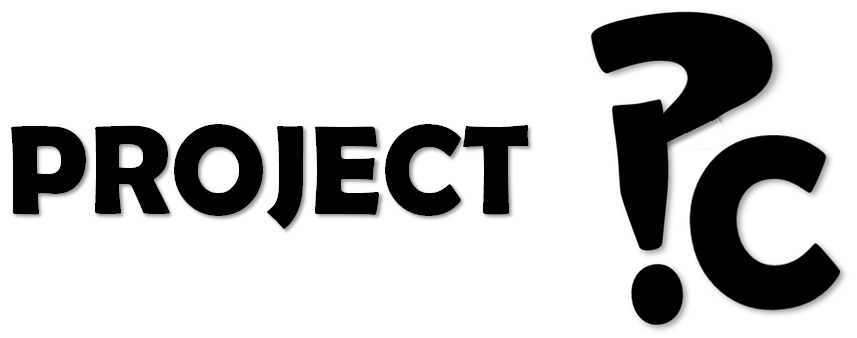Method
Four searches relating to public nudity were performed in Google (www.google.co.uk) for men, and the same four searches repeated for women. The searches were all carried out within a few hours of each other on the 6th January 2018.
The following key phrases were searched:
· Naked man/woman street
· Naked man/woman park
· Naked man/woman town
· Naked man/woman city
The results from the first page of the Google results were then opened. Any links to videos, actual crimes (e.g. where violence had been accused or proven) or non-relevant subject matter (e.g. some of the links related to book titles) were ignored.
For the remaining web pages the text was analysed for positive and negative words, with a tally of the words falling under these two categories kept. Titles and sub-titles were included, but captions were excluded. Any words not in the main body of the text (e.g. links/headings for other articles) were also excluded. If a word was mentioned multiple times within a page then it would add to the tallies for that page for each time it was mentioned.
Results
The table below summarises the positive and negative words used in relation to public nudity, and the density of them, by gender.
Conclusion
The media portrayal of male public nudity is significantly more negative than that of female public nudity. This is in direct contrast to the reactions we’ve observed in our 2018 public performances, where male and female models have elicited similar responses. We have noticed more overtly negative reactions to the male models than the female models, but this has been balanced by more overtly positive reactions as well (the female models have generally provoked less extreme responses). In our performances we have also seen that male nudity is ‘disrespected’ more; the public being more willing to take photos, to create the nudity (in performances such as Blank Canvas) and to touch the male model’s genitalia.
The negative media reporting to male nudity may have some foundation though as there were slightly more cases of stories relating to male nudity that contained violence or crimes. However, there were also similar cases for females and the sample size is not sufficient to be able to draw definitive conclusions.
In the articles relating to male nudity there were definite themes of ‘danger’ and ‘predator’ in the reports compared to themes of ‘beauty’, ‘courage’ and ‘vulnerability’ for females. In a number of cases police were dispatched in relation to male nudity (in one case armed police!) whereas policy responses for female nudity were more commonly associated with concerned as to the welfare of the female.
Overall it is clear that there is a definitive and stereotyped difference in reaction to male and female public nudity, in both the media reports and any police response. As mentioned above, this isn’t consistent with our own personal experiences from our public performances.
Further Information
Backing information and evidence for the results above are available in the document here.

